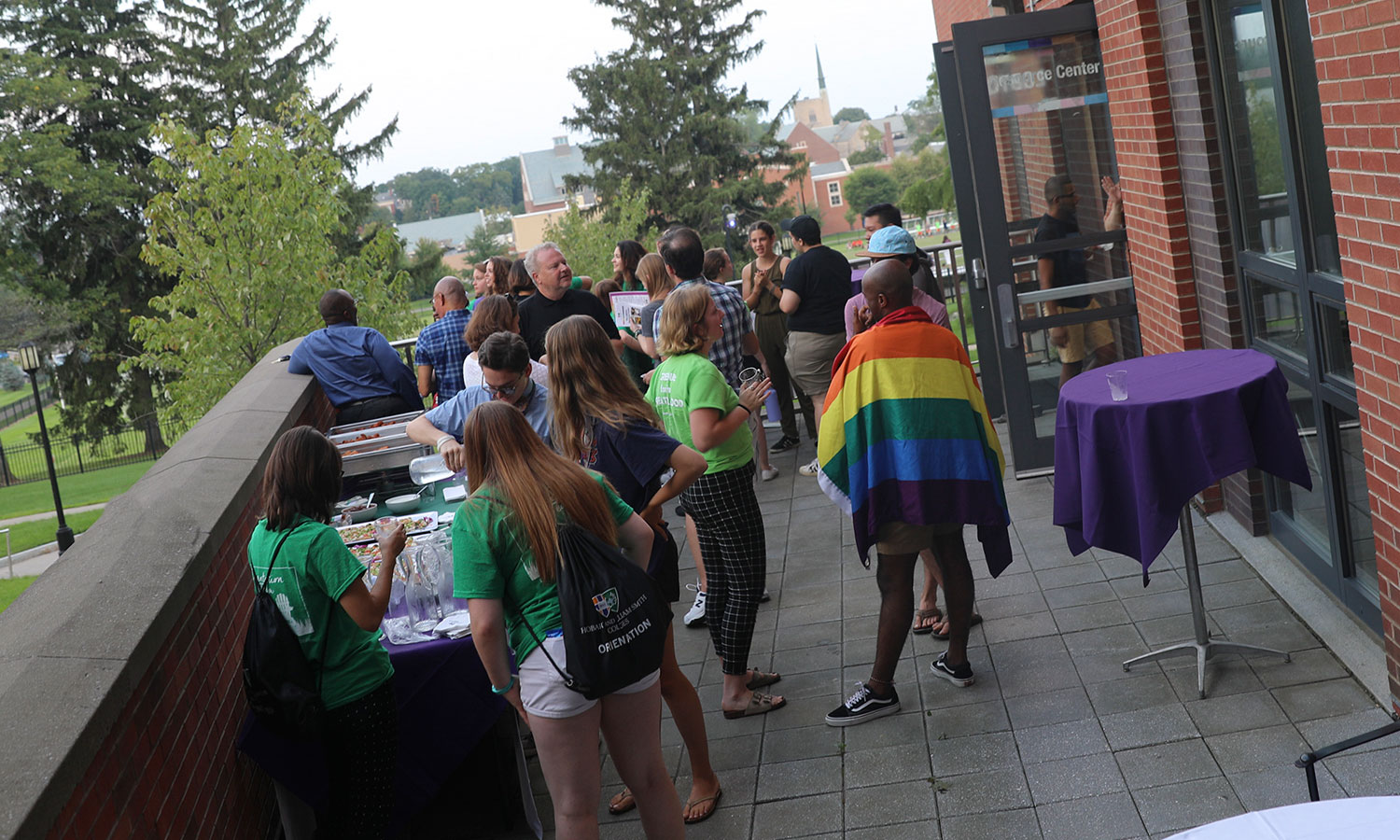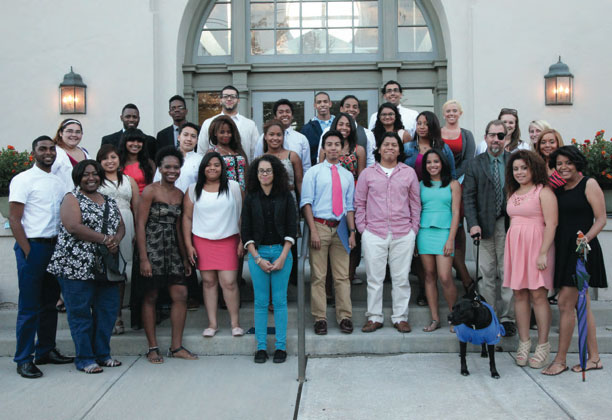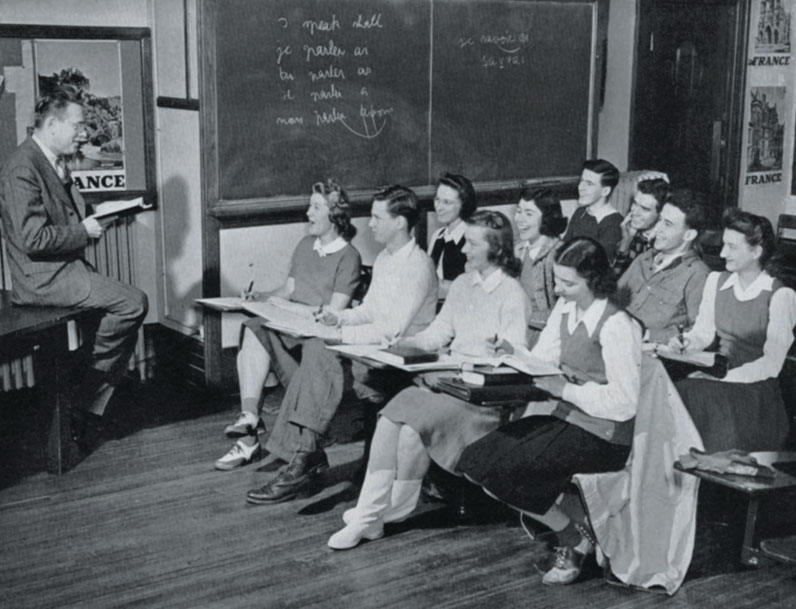The Pulteney StreetSurvey
Crossroads
 OLD SCHOOL.
OLD SCHOOL.
The Class of 1872 was typical of Hobart classes through the early 20th century: very small, nearly all white and all male (with the notable exception of Dr. Elizabeth Blackwell, 1849). Student enrollment wouldn’t total 100 until 1900.
 NEW ERA.
NEW ERA.
Coordinate schools like Hobart and William Smith “pioneered a new kind of college curriculum that fit the changing needs of women during the Progressive Era,” as Emory University Vice Provost Paul Marthers wrote in his 2013 study of women’s colleges in American Educational History Journal. Today, as one of the few remaining coordinate institutions in the nation, the Colleges’ heritage offers a framework to understand and interrogate gender. President Joyce P. Jacobsen wrote in 2020 that such heritage encourages “a healthy dialectic that causes HWS community members to reflect on gender and its intersectionality with other aspects of difference…. [We] can celebrate it as we also seek to expand its meaning.”
Photo: Students and faculty gather on the deCordova Hall terrace outside the LGBTQ+ Resource Center, which opened in 2017 and seeks to affirm and support the identities of all LGBTQIA+ students, faculty and staff. The Resource Center develops and coordinates programming to promote education, social opportunities, wellness and support for all students at HWS, while fostering allies who engage the community at large with compassion and empathy.
 WILLIAM SMITH TO THE RESCUE.
WILLIAM SMITH TO THE RESCUE.
Dogged by financial challenges through the late 1800s and early 1900s, Hobart College may not have survived without William Smith’s gift to create a “coordinate” institution for women. Anna Botsford Comstock L.H.D. ’30 — an accomplished author, educator and the Colleges’ first woman Trustee — argued for the coordinate model over a coeducational one on the basis that a sudden, full-fledged merger with a new women’s college would disturb Hobart’s identity and “alienate the alumni body.”
Photo: William Smith, seated in the center, with the College’s Charter Class of 1912.
 TRAVEL IN EXCELLENT COMPANY.
TRAVEL IN EXCELLENT COMPANY.
At critical moments in institutional and national history, students, faculty, alums and friends have charted new paths to strengthen the campus’ intellectual outlook and cultural fabric. The galvanizing voices of the HWS community broaden and deepen the Colleges’ character — from admissions practices to the curriculum — ensuring that students can explore, collaborate and find their fullest sense of purpose and belonging.
Photo: Students celebrate their graduation from the HEOP summer institute, ca. 2013. HWS became one of the first institutions in the nation to establish an academic access program when the Colleges signed on to New York State’s Higher Education Opportunity Program in 1969.
 MODERNIZING.
MODERNIZING.
The first joint commencement coincided with Hobart’s Centennial in 1922, and the two Colleges became more closely linked over the following decades. Hastened along by the fiscal redundancy of teaching Hobart students and William Smith students separately, all classes were coed by 1938. On Commencement Day for many years, diplomas were issued by one College, then the other, but since 2016 seniors have voted to receive theirs in alphabetical order; each graduate chooses whether their diploma says Hobart College, William Smith College or Hobart and William Smith Colleges.
Photo: French class, ca. 1942
